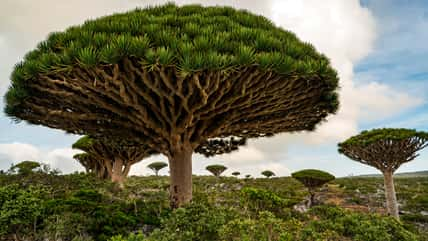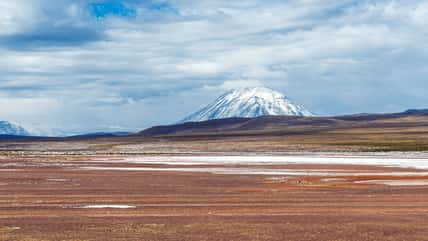The Demise Of A Rare Tree Cactus In Florida Marks The First Local Extinction Of A Species Due To Rising Sea Levels

For decades, a rare tree cactus has grown on Florida’s Key Largo, hidden from view by a tangle of mangrove trees. It was first discovered in 1992 and has been monitored on and off since then.
The tree cactus still grows on a few islands in the Caribbean, including parts of the Bahamas and northern Cuba.
However, it is now considered extinct in the United States. The demise of the cactus is what researchers believe to be the first local extinction of a species as a result of rising sea levels in the country.
When it was discovered on a low limestone outcrop in Key Largo, there had been a stand of about 150 cactus stems. Its stems can reach more than 20 feet and produce fragrant, cream-colored blossoms, as well as bright red and purple fruit. Bats are attracted to the flowers, while birds and mammals are drawn to the fruit.
It was confirmed in 2019 that the trees were the first and only known occurrence of the species in the U.S. By 2021, the cactus cluster had been reduced to just six. Researchers salvaged them in the hopes that they would survive.
Salt water flooding from rising seas, soil erosion from high tides and hurricanes, and the consumption of the plants by animals all worked together to dwindle its numbers to zero.
“Unfortunately, the Key Largo tree cactus may be a bellwether for how other low-lying coastal plants will respond to climate change,” Jennifer Possley, the lead author of the study and director of regional conservation at Fairchild Tropical Botanic Garden, said.
Originally, the site that the Key Largo tree cactus grew on had a distinct layer of soil and organic matter that allowed it to thrive. But passing hurricanes and high tides depleted the material.
A 2012 study led by Fairchild also showed increased salinity in the soil beneath dead versus living cacti, leading to the conclusion that salt levels play a part in the survival of the species.

luengo_ua – stock.adobe.com – illustrative purposes only
In 2015, Fairchild researchers noticed that half of the cacti had died. They surmised that saltwater flooding had depleted freshwater resources, causing animals to target the cactus, which stores water in its stems.
The team set up camera traps, hoping to identify the culprit, but they never managed to catch an animal actually eating the plant.
The next year, another half of the plants had perished. At that point, researchers from Fairchild and the Florida Department of Environmental Protection took a few cuttings to preserve in greenhouses. Then, in 2017, Irma, a Category 5 hurricane, swept over the Keys. The island remained flooded for days.
The Fairchild team worked to restore wildlife, collecting broken branches that had fallen on several cacti populations.
In 2019, high tides flooded the area, creating more damage. Currently, there are no naturally growing Key Largo cacti in the U.S.
The trees in the Bahamas and Cuba face the same environmental threats that caused the cactus in the Keys to die.
However, some of them are growing at a higher elevation, which may give them an advantage that the Florida trees did not have.
The study was published in the Journal of the Botanical Research Institute of Texas.
Sign up for Chip Chick’s newsletter and get stories like this delivered to your inbox.
More About:News





